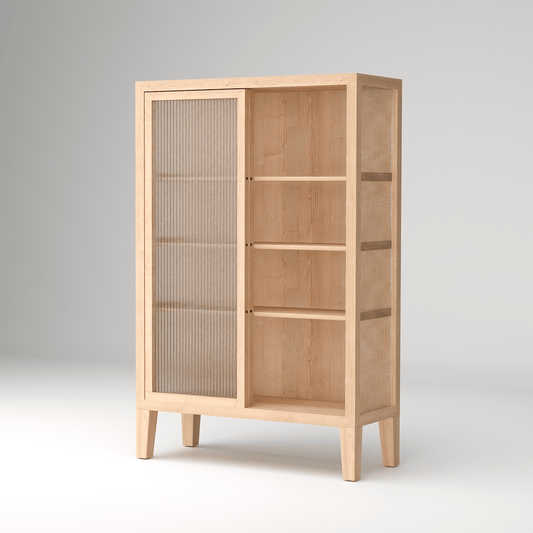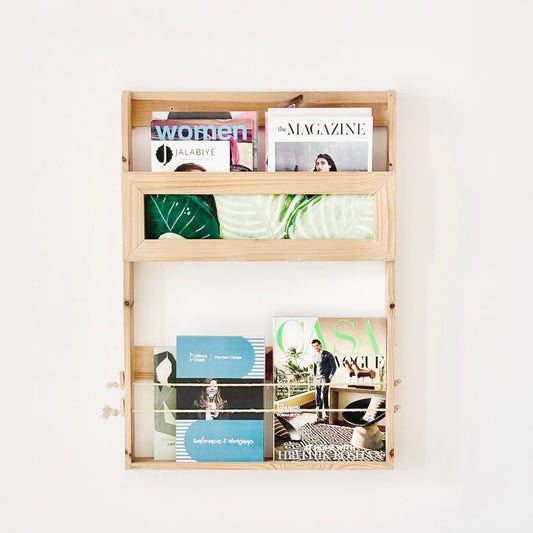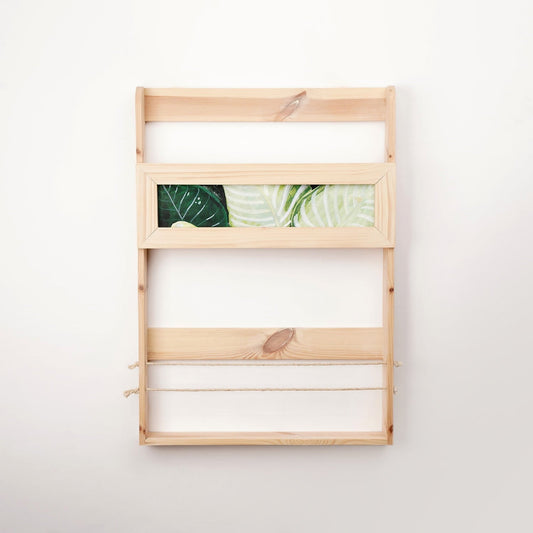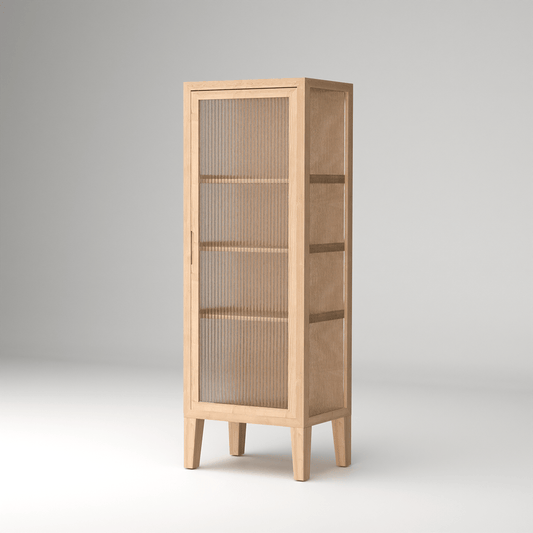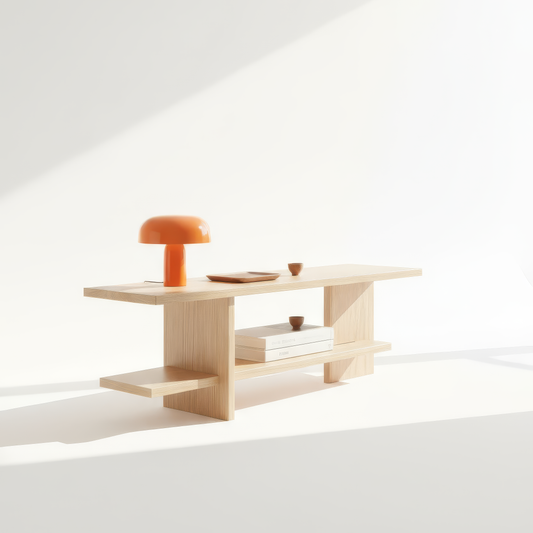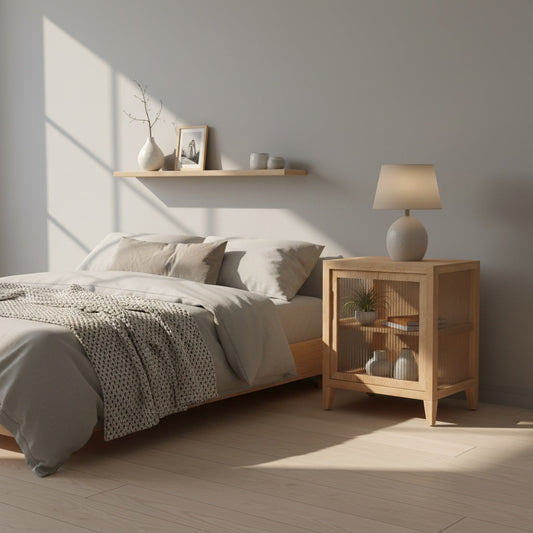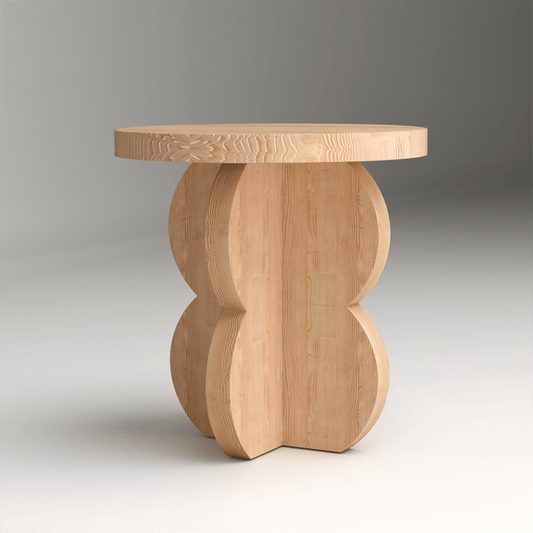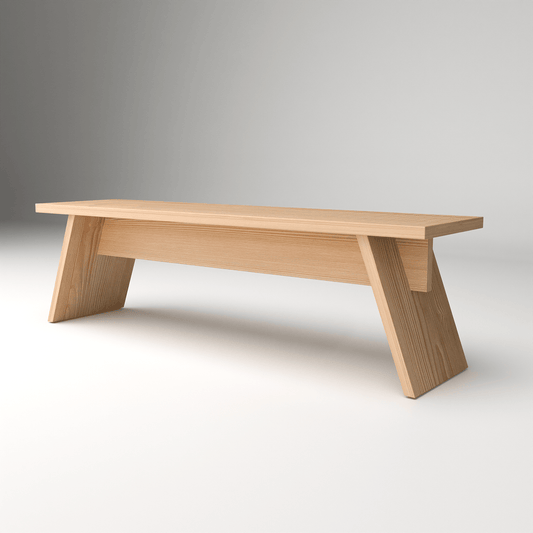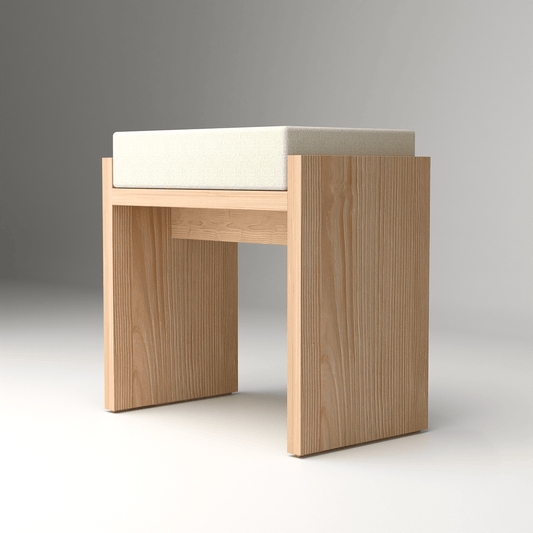In an era where living spaces are becoming increasingly precious and lifestyles more dynamic, convertible furniture emerges as the ultimate solution for modern homeowners. These ingenious pieces transform from one function to another, maximizing utility while minimizing footprint. Convertible furniture represents the perfect marriage of innovation and practicality, offering homeowners the ability to completely reimagine their spaces with a simple transformation.
The Science of Convertible Design
Transformation Principles
Convertible furniture operates on the principle that spaces should adapt to activities rather than activities being constrained by spaces. By incorporating mechanisms that allow furniture to change form and function, these pieces enable rooms to serve multiple purposes throughout the day.
Space Psychology
Flexibility Reduces Stress: Adaptable spaces feel less confining Functionality Increases Satisfaction:Furniture that serves multiple needs provides greater value Transformation Creates Interest: Changing configurations keep spaces feeling fresh Efficiency Promotes Calm: Organized, multi-purpose spaces reduce mental clutter
Categories of Convertible Furniture
Seating Transformations
Sofa Beds: Living room seating that becomes guest sleeping accommodation Ottoman Storage: Footrests that open to reveal storage compartments Dining Bench Seating: Benches that extend or fold for varying group sizes Modular Seating: Individual pieces that combine into larger seating arrangements
Table Conversions
Expandable Dining Tables: Surfaces that grow to accommodate more diners Coffee Table Desks: Living room tables that rise to become workstations Console to Dining: Narrow console tables that extend into full dining surfaces Nesting Tables: Multiple surfaces that stack when not needed
Storage Transformations
Bed Storage Systems: Sleeping furniture with built-in organization Wall-Mounted Desks: Workspace that folds flat against walls Murphy Bed Systems: Beds that disappear into wall units Convertible Wardrobes:Closets that transform into room dividers
Room-Specific Convertible Applications
Living Room Versatility
Entertainment Centers: Media storage that converts to display areas Reading Nooks: Seating areas that transform into quiet study spaces Play Areas: Adult furniture that converts to child-friendly zones Exercise Spaces: Living areas that become fitness zones
The Nordic Fluted Glass Cabinet in Pinewood at ₹37,900 to ₹47,000 demonstrates convertible thinking through its adjustable shelving system, allowing the same elegant piece to serve as a display cabinet, storage unit, or room divider depending on configuration needs.
Bedroom Flexibility
Guest Room Solutions: Bedrooms that convert to office or hobby spaces Dressing Areas: Sleeping spaces that transform into grooming areas Study Zones: Bedrooms that become quiet workspaces Exercise Areas:Sleeping rooms that convert to fitness spaces
Kitchen and Dining Adaptability
Island Conversions: Kitchen islands that become dining tables or workspace Pantry Flexibility: Storage areas that adapt to changing food needs Breakfast Nook Transformations: Casual dining that becomes formal seating Appliance Integration: Equipment that hides when not in use
Home Office Conversions
Living Room Offices: Workspaces that disappear into living areas Bedroom Studies: Sleeping areas that become professional spaces Kitchen Command Centers: Cooking areas that include office functions Closet Offices: Storage spaces converted to compact workstations
Mechanism Types in Convertible Furniture
Manual Transformation Systems
Folding Mechanisms: Simple hinges that allow furniture to collapse or expand Sliding Components: Parts that move horizontally to change function Rotating Elements: Pieces that turn to reveal different surfaces or storage Telescoping Systems: Components that extend or retract as needed
Assisted Transformation
Hydraulic Systems: Smooth, controlled movement for heavy components Spring-Loaded Mechanisms:Assisted opening and closing for ease of use Gas Struts: Controlled lifting for table tops and storage lids Magnetic Systems: Invisible holding mechanisms for clean aesthetics
Design Considerations for Convertible Pieces
Aesthetic Integration
Seamless Transitions: Transformations that maintain visual appeal in all positions Material Consistency:Surfaces that look intentional in every configuration Proportion Balance: Pieces that appear well-designed in all forms Style Continuity: Furniture that complements existing decor in any position
Functional Optimization
Easy Operation: Transformations that can be completed quickly and safely Stable Configurations: Secure positioning in all functional modes Durability Focus: Mechanisms that withstand frequent use Safety Features: Protection against pinching, tipping, or collapse
Material Selection for Convertible Furniture
Structural Requirements
High-Strength Materials: Components that support multiple configurations safely Wear-Resistant Surfaces: Finishes that maintain appearance despite frequent handling Lightweight Options: Materials that make transformation easier Flexible Components: Elements that bend or adjust without breaking
Aesthetic Considerations
Consistent Grain Patterns: Wood that looks intentional in all positions Color Uniformity: Finishes that appear cohesive across all surfaces Texture Harmony: Materials that feel consistent throughout transformations Aging Characteristics: Materials that develop patina uniformly
Planning Your Convertible Furniture Strategy
Needs Assessment
Daily Routines: Understanding how spaces are used throughout the day Occasional Requirements:Identifying periodic needs for different configurations Guest Accommodation: Planning for visiting family and friends Seasonal Changes: Adapting to different activities throughout the year
Space Evaluation
Traffic Patterns: Ensuring transformations don't impede movement Clearance Requirements: Adequate space for all transformation positions Storage Access: Maintaining access to other furniture and storage Safety Considerations: Avoiding hazards during transformation process
Installation and Setup
Professional Installation
Complex Mechanisms: When to hire experts for setup Wall-Mounted Systems: Ensuring secure attachment to structural elements Electrical Integration: Coordinating power needs for motorized systems Warranty Protection: Professional installation requirements for coverage
DIY Setup Guidelines
Tool Requirements: Equipment needed for homeowner installation Assembly Sequence: Logical order for building convertible pieces Safety Precautions: Protecting yourself and your home during setup Testing Procedures: Ensuring proper function before regular use
Maintenance and Longevity
Mechanism Care
Regular Lubrication: Keeping moving parts operating smoothly Adjustment Protocols: Maintaining proper alignment and tension Wear Monitoring: Identifying components that need replacement Professional Service: When to call experts for maintenance
Usage Best Practices
Weight Limits: Respecting load capacities in all configurations Proper Operation: Using transformation mechanisms as designed Regular Cleaning: Maintaining both visible and hidden surfaces Gentle Handling:Avoiding force that could damage mechanisms
Technology Integration
Smart Convertible Systems
Motorized Transformations: Electric systems for effortless conversion Remote Control: Wireless operation of convertible mechanisms App Integration: Smartphone control of furniture transformations Voice Activation: Hands-free operation through smart home systems
Future Innovations
AI Optimization: Furniture that learns usage patterns and suggests configurations Sensor Integration:Automatic transformation based on room occupancy Biometric Control: Personalized settings for different family members Energy Harvesting: Self-powered systems using transformation energy
Budget Considerations
Investment Priorities
High-Use Areas: Focusing on spaces that benefit most from convertibility Quality Mechanisms: Investing in durable transformation systems Professional Design: When to hire experts for custom solutions Phased Implementation: Gradually adding convertible pieces over time
Cost-Effective Approaches
Multi-Function Priority: Choosing pieces that serve the most purposes Standard Components: Using readily available hardware and mechanisms DIY Integration: Adding convertible features to existing furniture Bulk Purchasing: Coordinating with others for better pricing
Cultural Adaptations for Indian Homes
Traditional Flexibility Needs
Festival Preparations: Furniture that adapts for celebration requirements Extended Family Visits: Seating and sleeping that expands for guests Seasonal Storage: Convertible pieces that accommodate changing wardrobes Cultural Ceremonies: Furniture that transforms for religious observances
Modern Lifestyle Integration
Work-from-Home: Living spaces that convert to professional environments Entertainment Hosting:Furniture that adapts for social gatherings Fitness Integration: Living areas that become exercise spaces Hobby Accommodation: Spaces that convert for creative pursuits
The Minimalist Magazine Rack at ₹20,500 embodies convertible principles through its versatile design that can function as a traditional magazine holder, book display, decorative plant stand, or storage organizer depending on current needs.
Environmental Benefits
Sustainability Advantages
Reduced Furniture Needs: One piece serving multiple functions Space Efficiency: Smaller homes requiring less energy for heating and cooling Longevity Focus: Durable pieces that adapt rather than require replacement Material Optimization: Efficient use of resources in manufacturing
Eco-Friendly Materials
Sustainable Wood: Responsibly sourced timber for construction Low-Impact Finishes: Environmentally friendly surface treatments Recyclable Hardware: Mechanisms made from recyclable materials Local Manufacturing: Reduced transportation environmental impact
Professional Design Services
Consultation Benefits
Space Optimization: Expert assessment of convertible furniture potential Custom Solutions: Tailored designs for specific transformation needs Integration Planning: Coordinating convertible pieces with existing furniture Mechanism Selection: Choosing the right transformation systems
Implementation Support
Installation Services: Professional setup of complex convertible systems Training Programs: Education on proper operation and maintenance Warranty Support: Ongoing protection for mechanical components Upgrade Planning: Future enhancement of convertible capabilities
Maximizing Convertible Potential
Convertible furniture represents the pinnacle of functional design, offering homeowners the ability to maximize their living spaces while maintaining aesthetic appeal. By choosing pieces that transform seamlessly between functions, you create environments that adapt to your lifestyle rather than constraining it.
The key to convertible furniture success lies in selecting pieces with reliable mechanisms, planning for all transformation positions, and choosing designs that look intentional in every configuration. Whether you start with a single convertible piece or plan a comprehensive transformation system, these adaptive furniture solutions offer the flexibility to create exactly the living environment your lifestyle demands, today and as your needs evolve.


